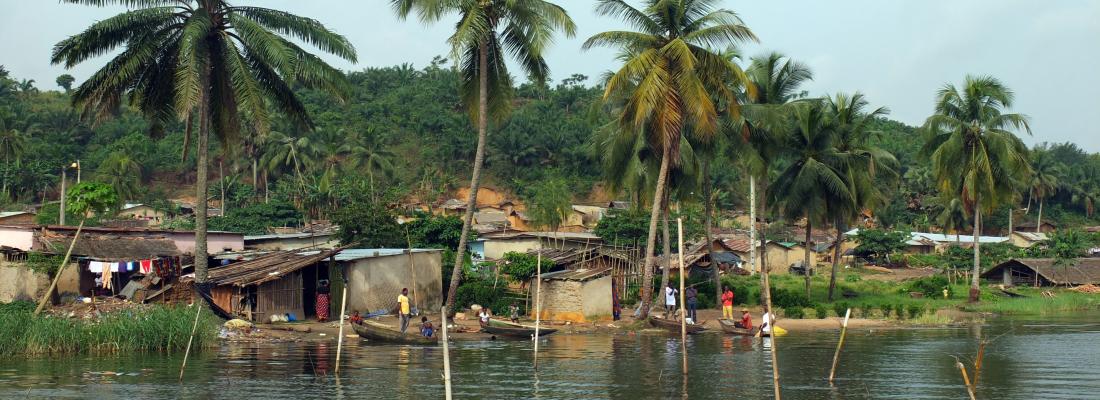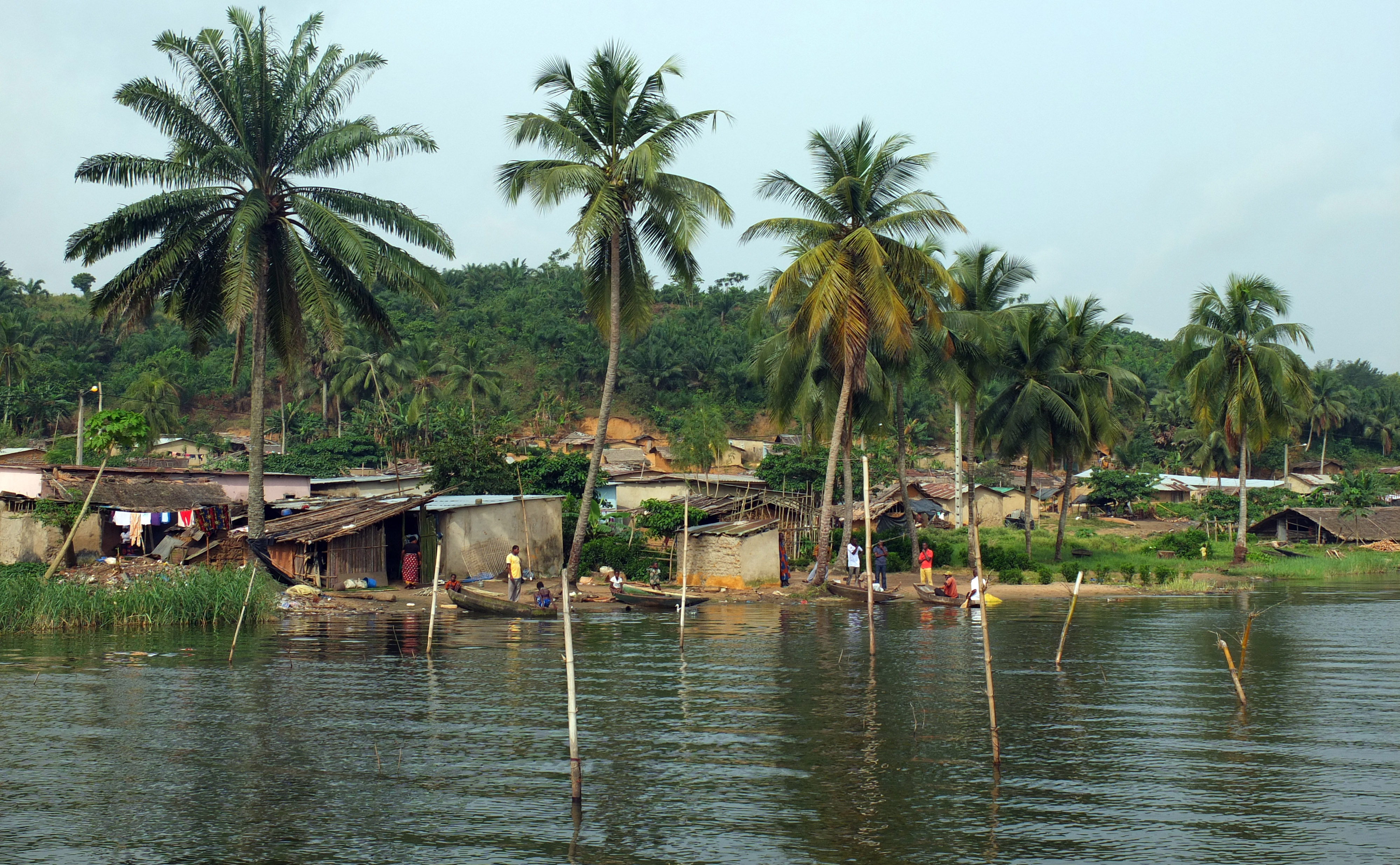Biodiversity Reading time 2 min
EpiCollect5, a citizen science app for the surveillance of aquatic environments
Published on 08 May 2018

Among the study sites, the Aghien Lagoon should, in the very near future, provide a supplementary source of drinking water for the city of Abidjan (Côte d’Ivoire). In the context of setting up a long-term surveillance system for the Aghien Lagoon, the WaSAf project has developed a citizen science app which can be used by the communities situated on the shores of the lagoon.
A participatory approach with numerous advantages
This participatory approach aims to involve local populations in generating knowledge on the ecological status of the lagoon, alongside the monthly monitoring of water quality assured by scientists at the Institut Pasteur of Côte d’Ivoire. In particular, it is designed to signal any proliferations of cyanobacteria that occur in the lagoon, which are very easy to recognise. This monitoring is important because cyanobacteria produce toxins and thus represent a potential danger to these populations.

This method should also contribute to a clearer understanding of local knowledge and perceptions regarding the risks of deterioration affecting the lagoon linked to its different uses, and to raise the awareness of these local populations to protecting the environment in which they live.
In the longer term, all these factors will enable the proposal of measures to protect the lagoon by the institutions responsible for their implementation.
A mobile app: EpiCollect5
This mobile app has been available since November 2017
The participation of villagers is based on a free mobile app (EpiCollect5, a platform developed by Imperial College of London that is available via Google and Apple Stores); the participants complete a short questionnaire regarding the WaSAF project and take a geolocated and dated photo. The questionnaire is submitted via the internet and all the data thus collected and geolocalised appear on a real-time map.
Three villages (Débarcadère, Akandjé and Aghien Télégraphe) have so far become involved in this project, and a fourth, Akoyaté, should soon be joining them.
In order to convince and then sustain the interest of these populations, the project team is making use of:
- Advisors/informers – schoolteachers, community leaders or others, who have been trained and given a smartphone by the WaSAf programme in order to participate in data collection. They make a minimum of one observation per week at the same site in the lagoon, and take additional photos at other sites around the lagoon if they receive any reports of other pollution events;
- Villagers who can send in their observations using the same app when they observe any phenomena that seem unusual to them.
To date, more than a hundred responses to the questionnaire, usually accompanied by photos, have been submitted by both the advisors/informers and villagers. Although for the moment these responses are somewhat unequally spread over the three sites under surveillance, they nevertheless provide good coverage of the lagoon.
The strong mobilisation of informers and villagers demonstrates the interest aroused by this app in the local populations and the considerable potential for this type of approach in terms of improving the awareness of populations to monitoring and protecting their local natural resources.
